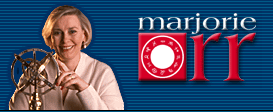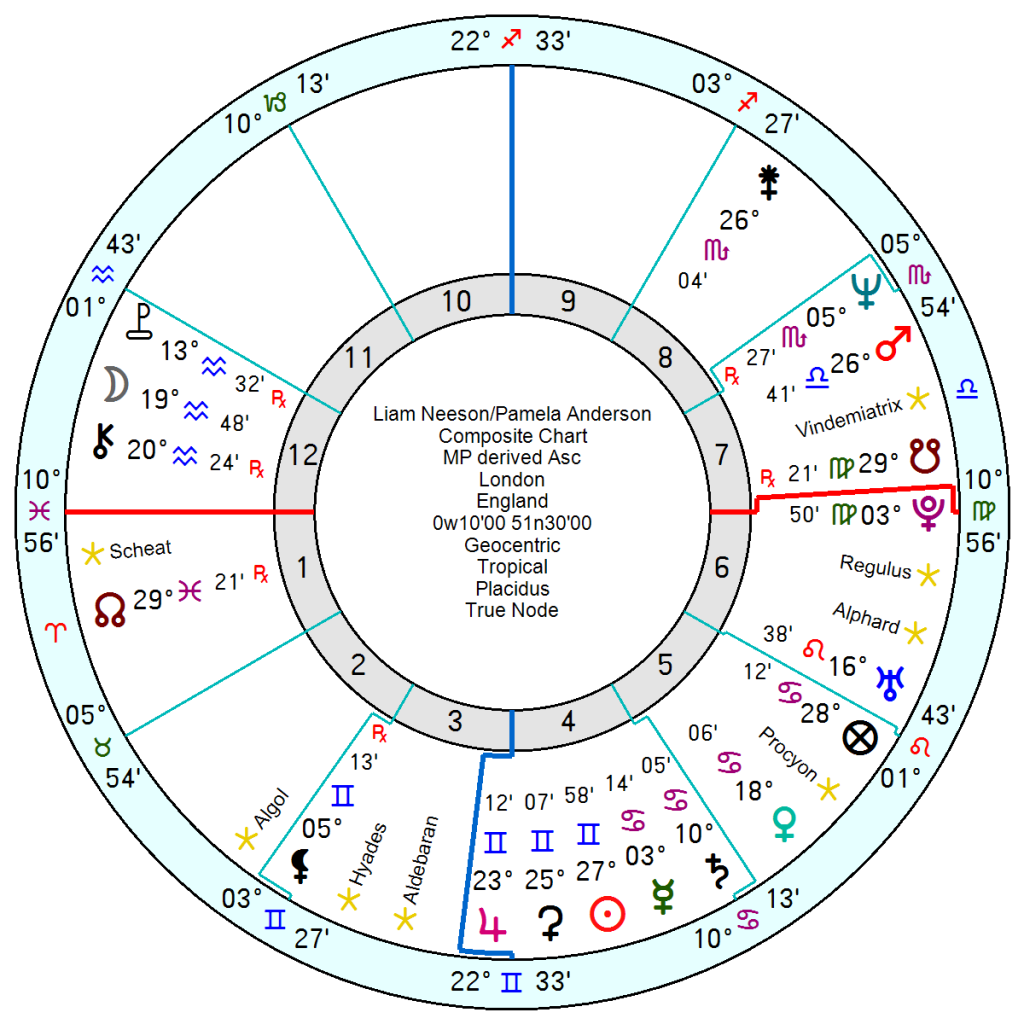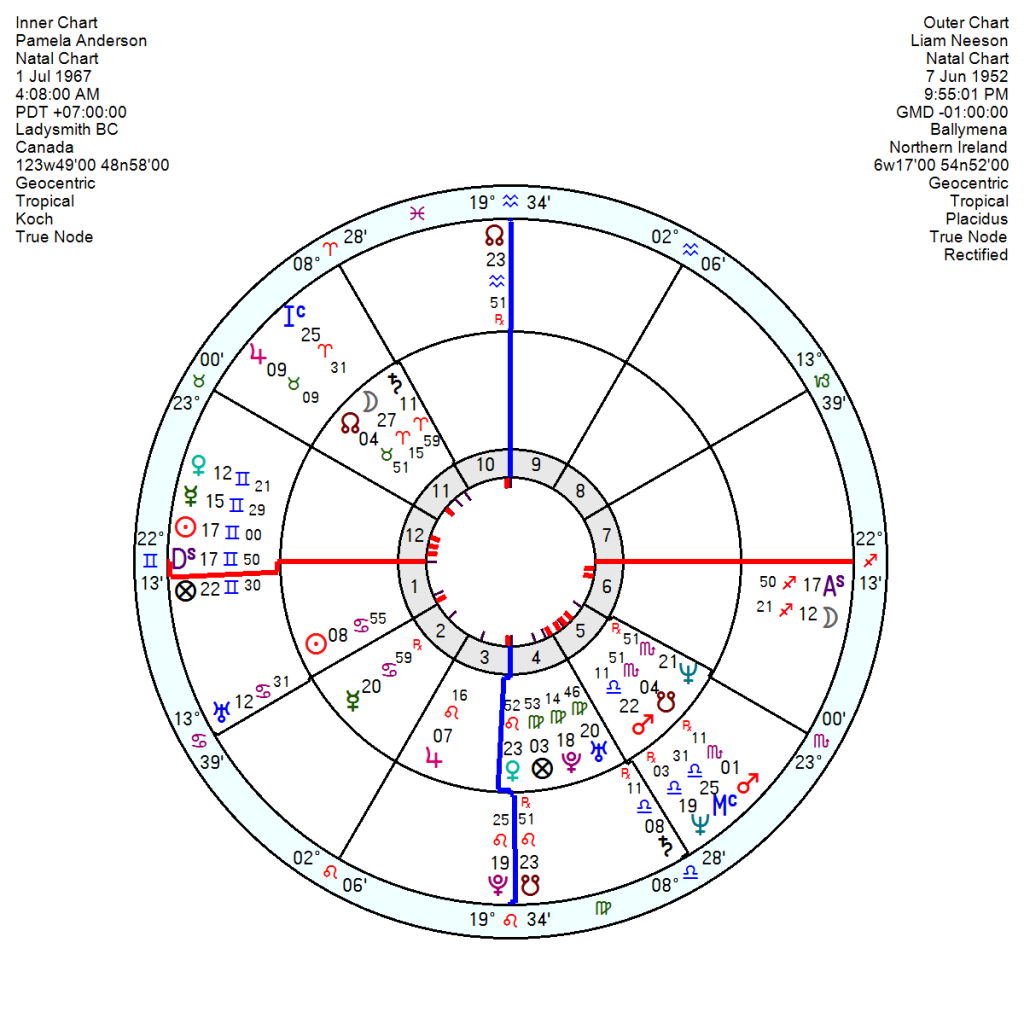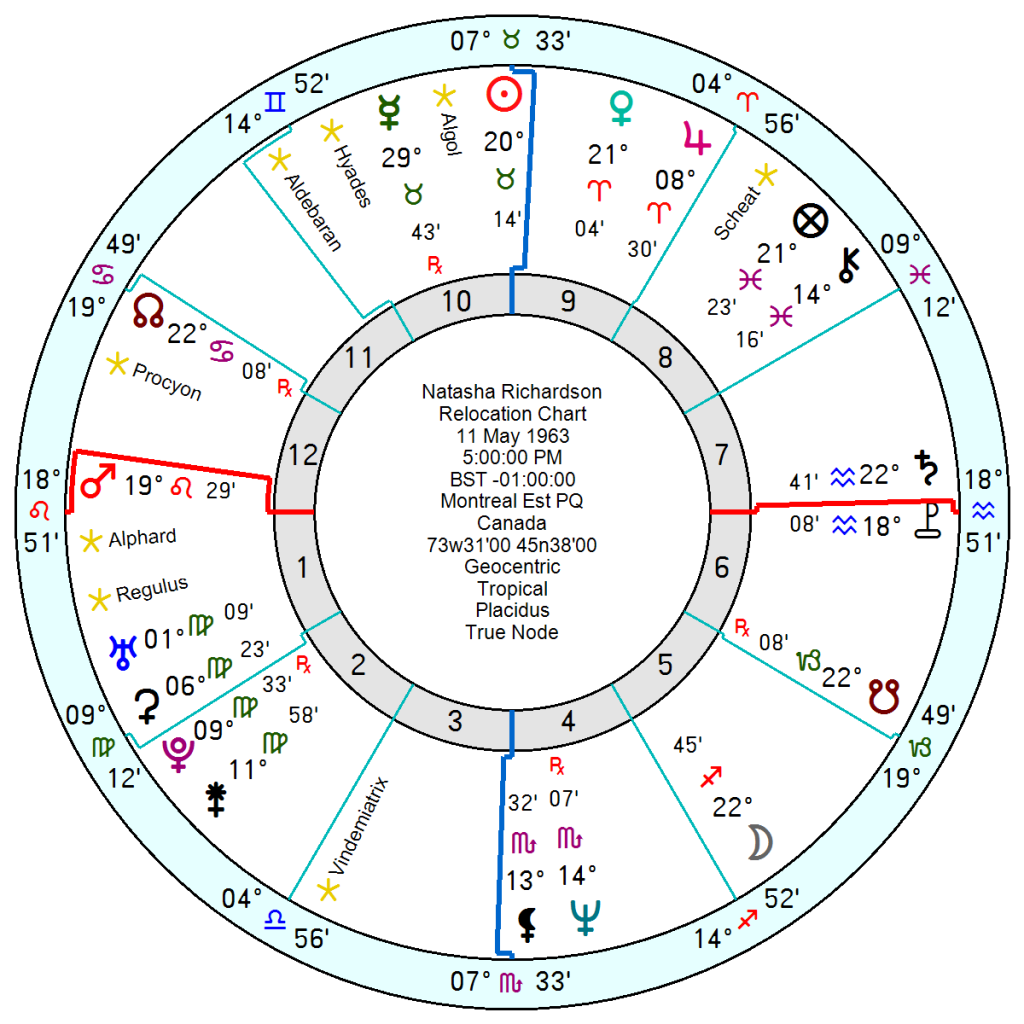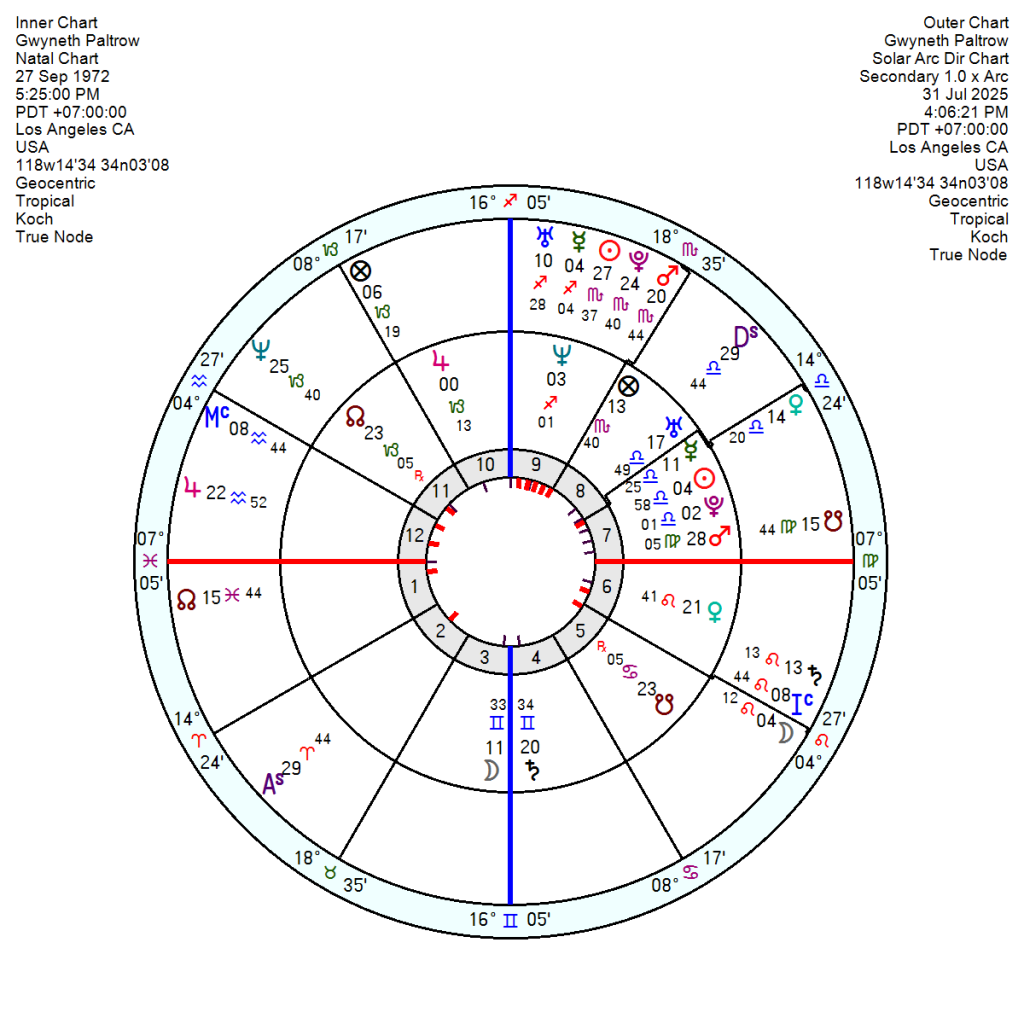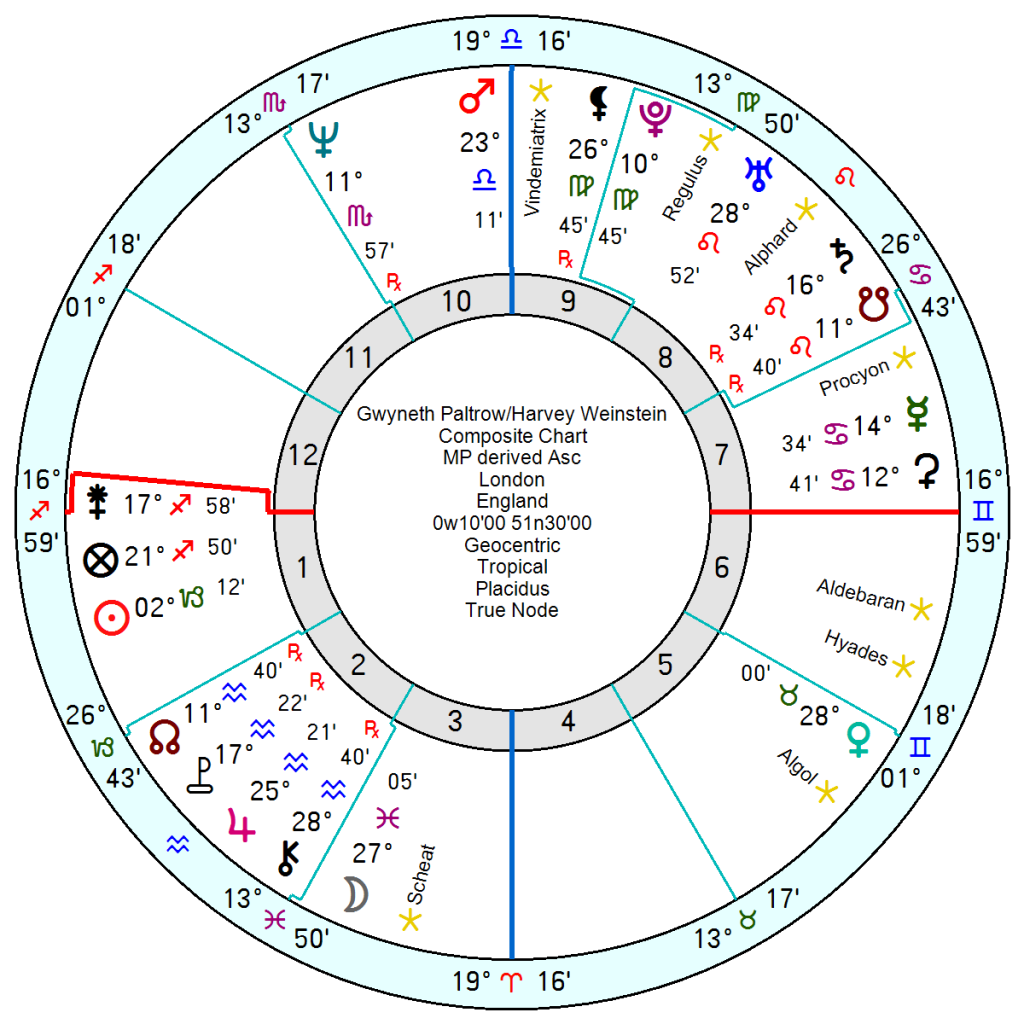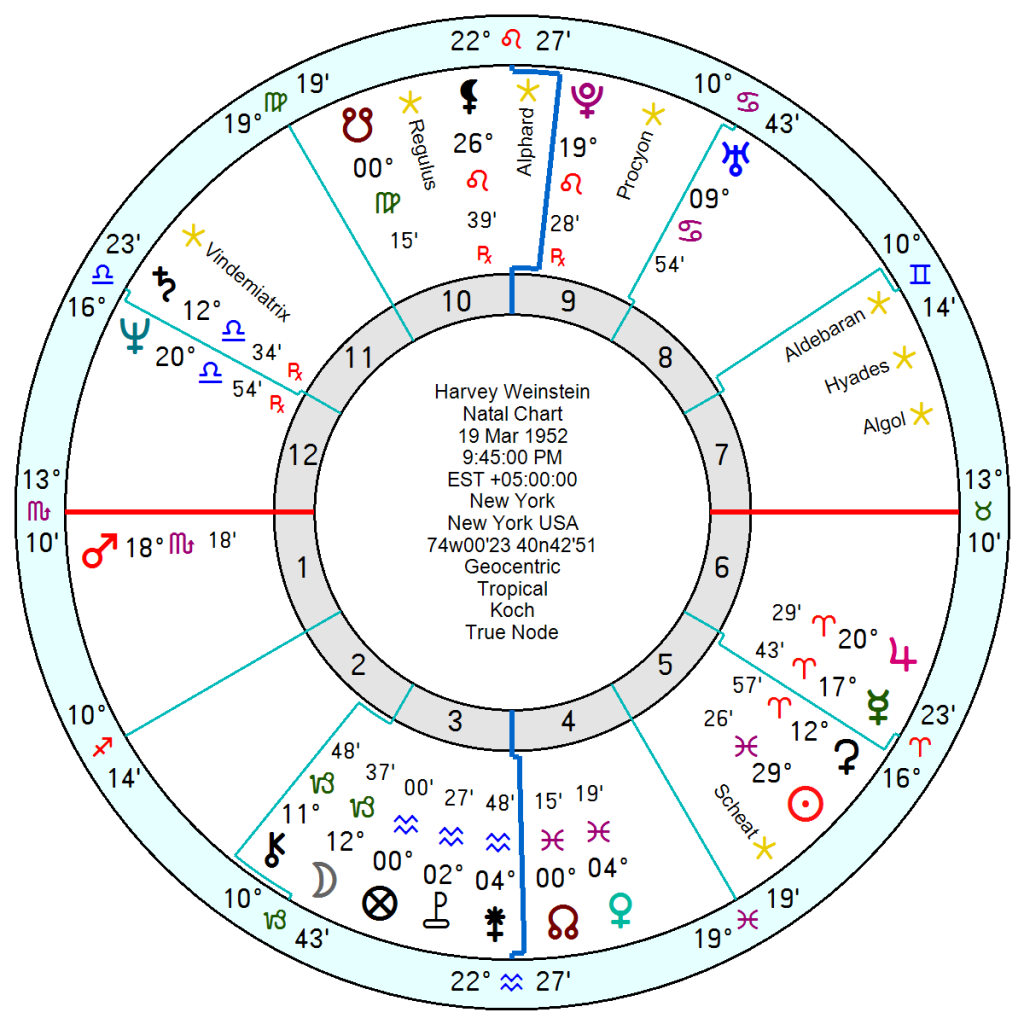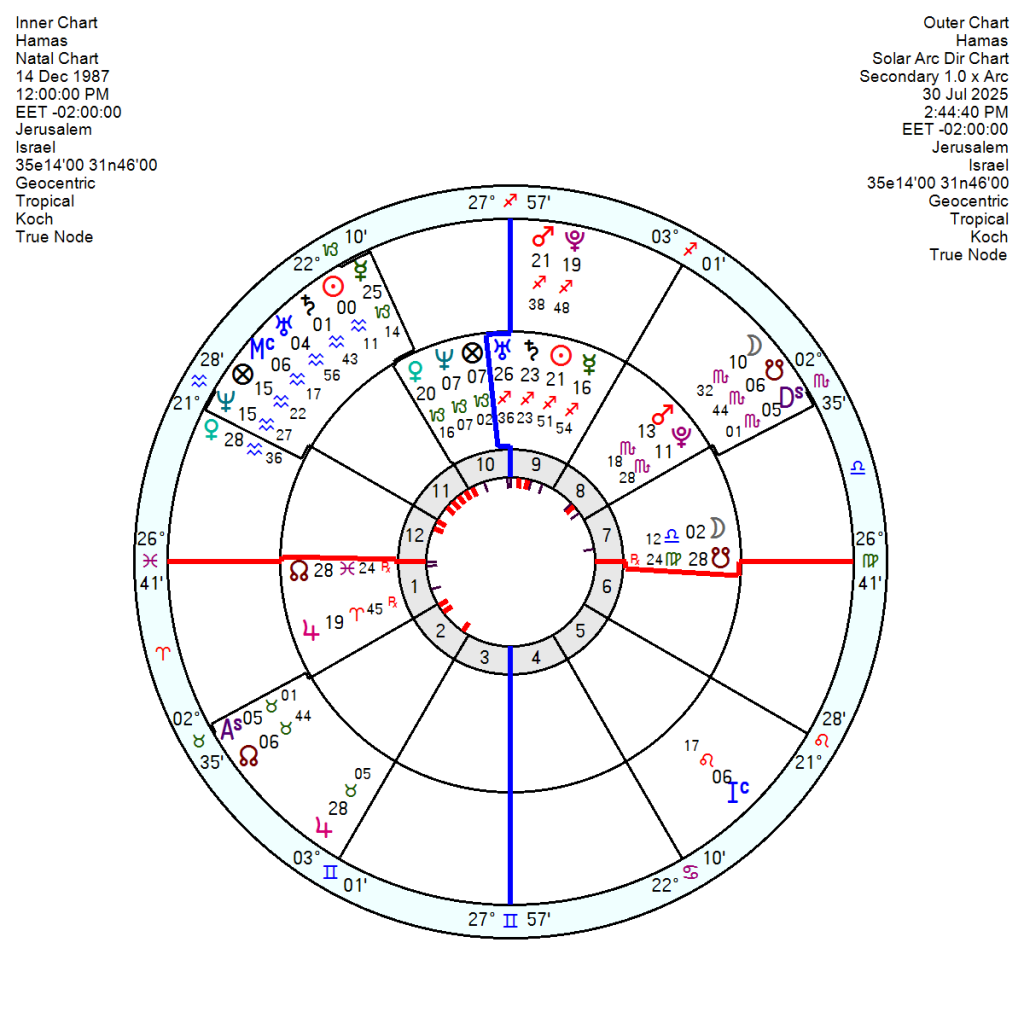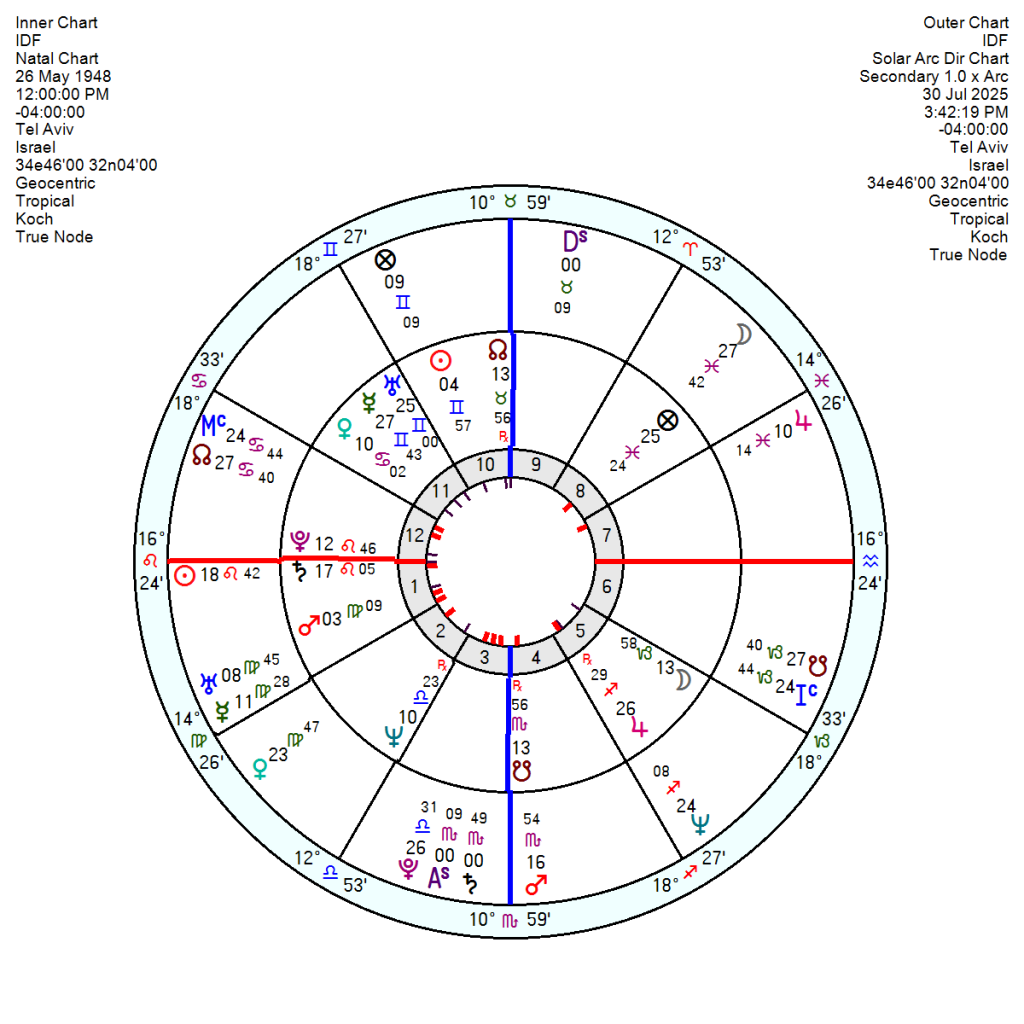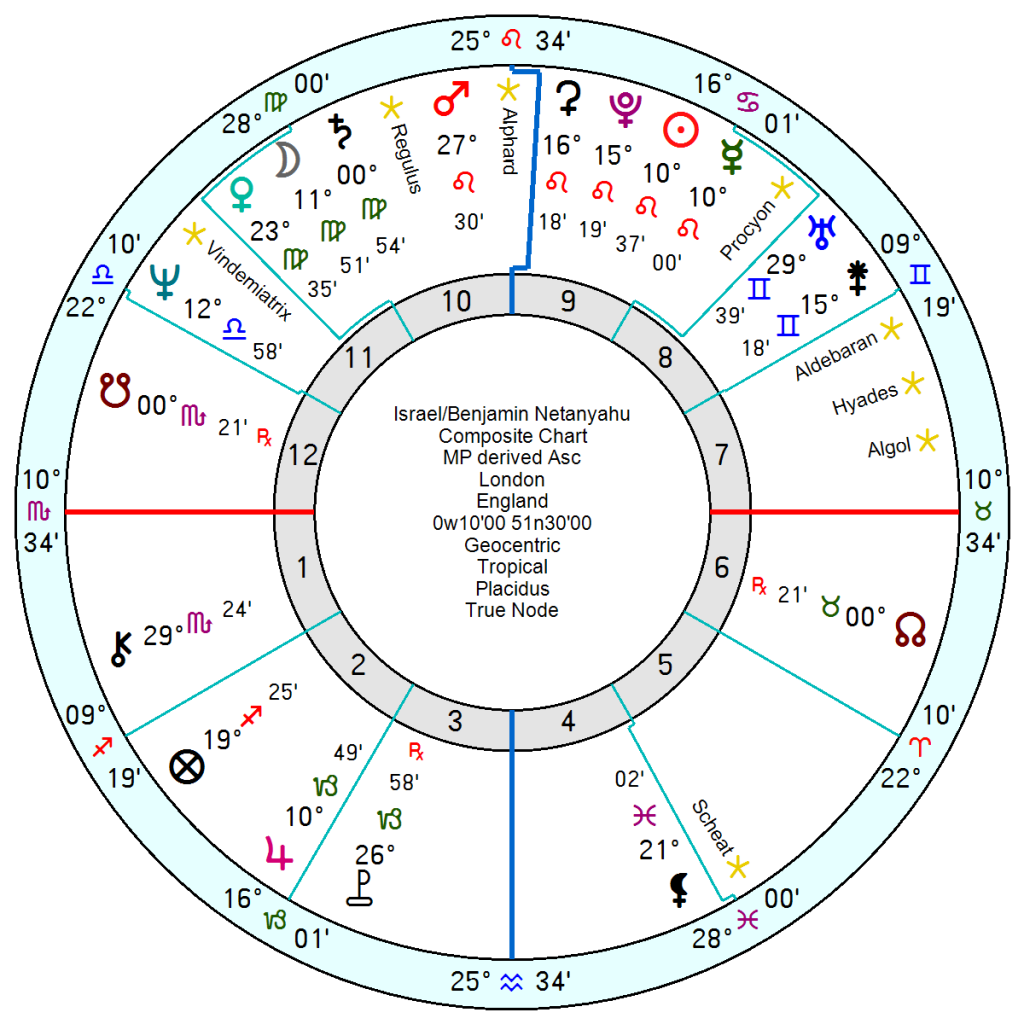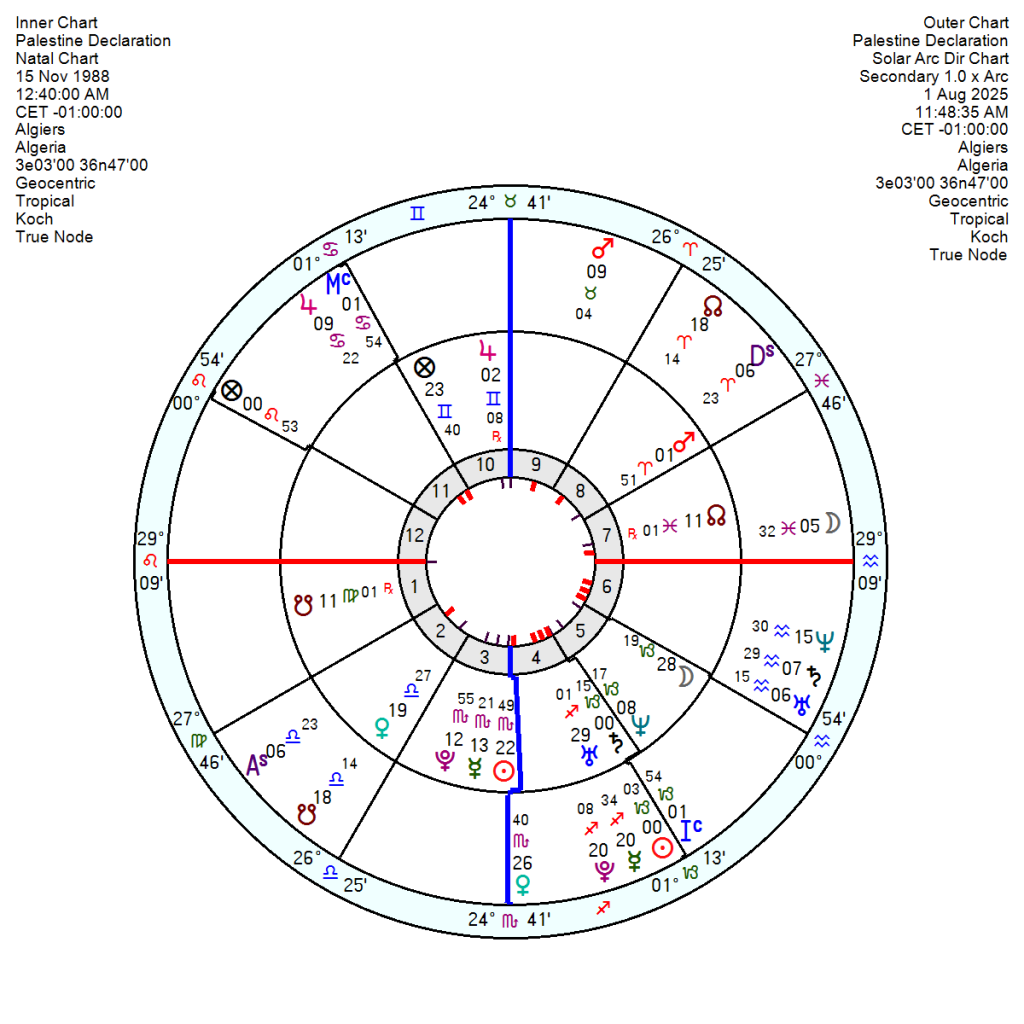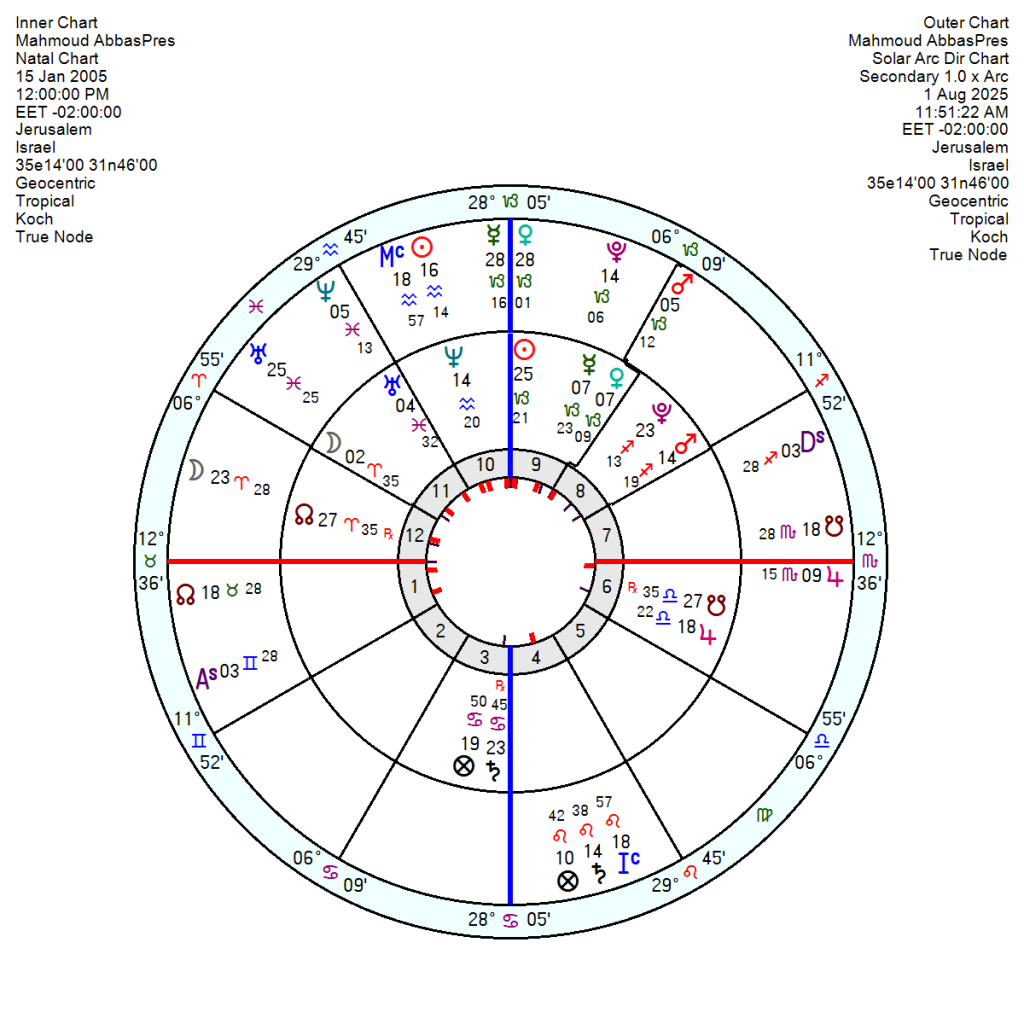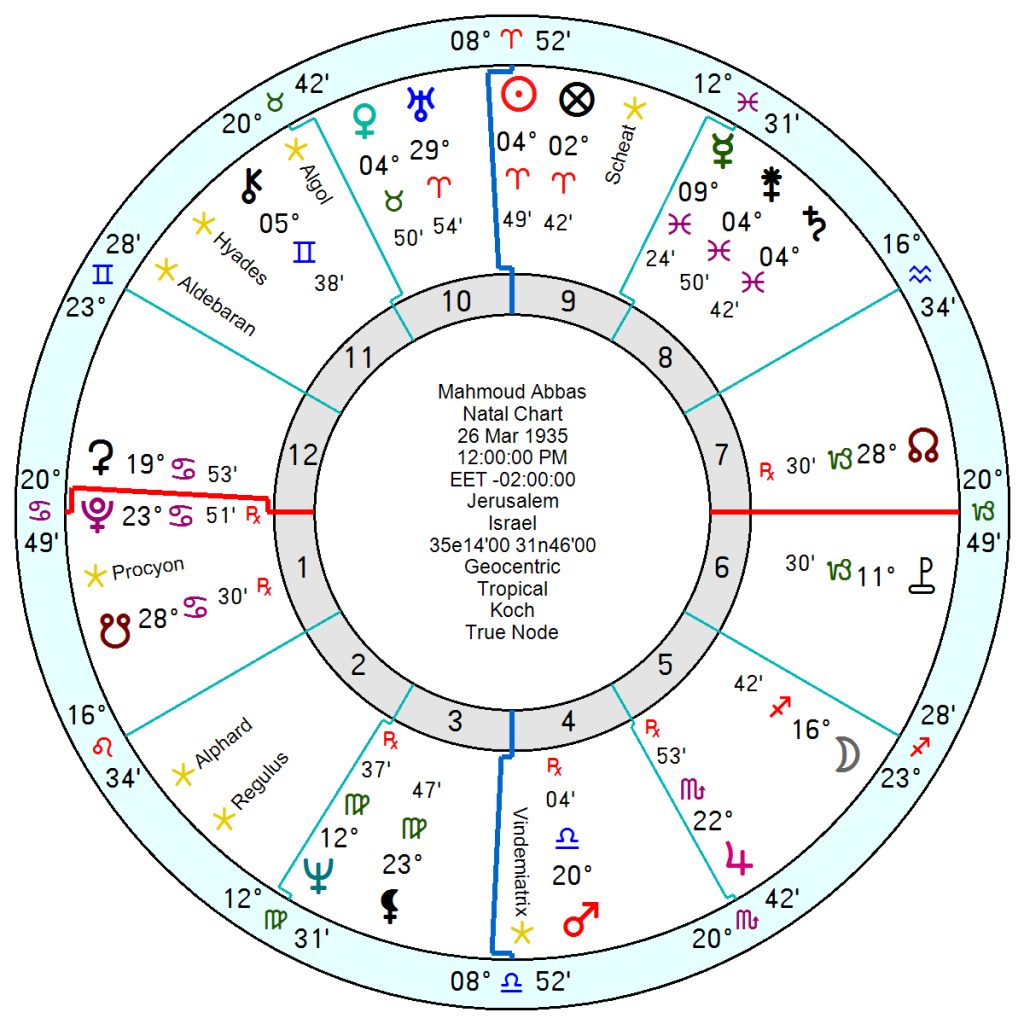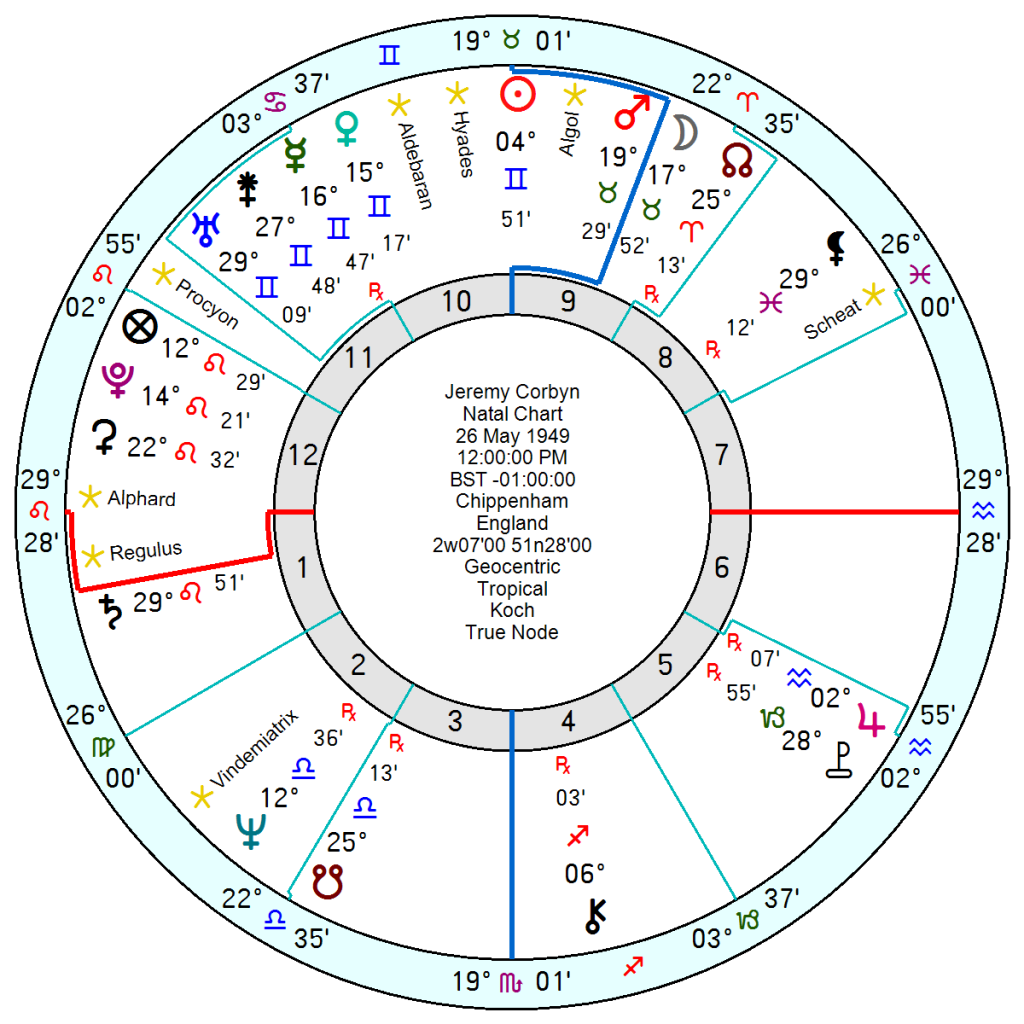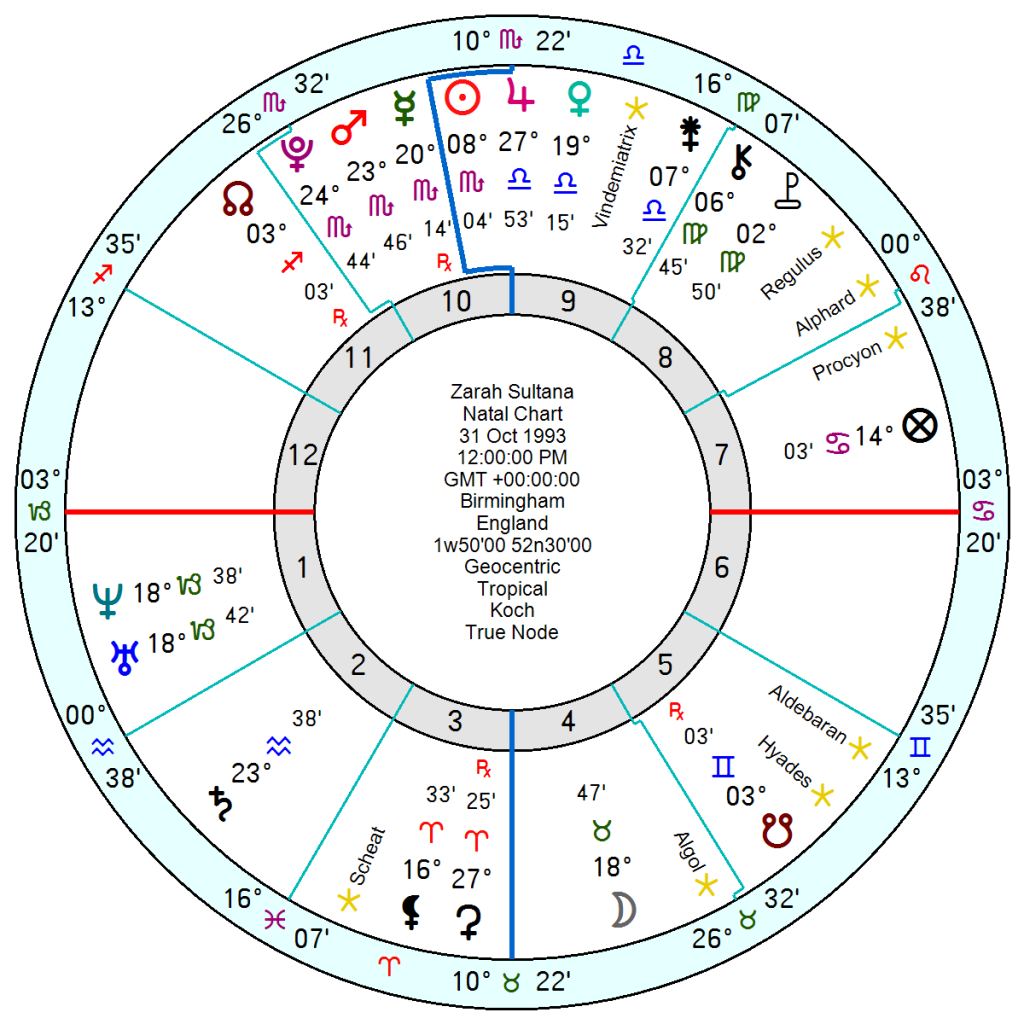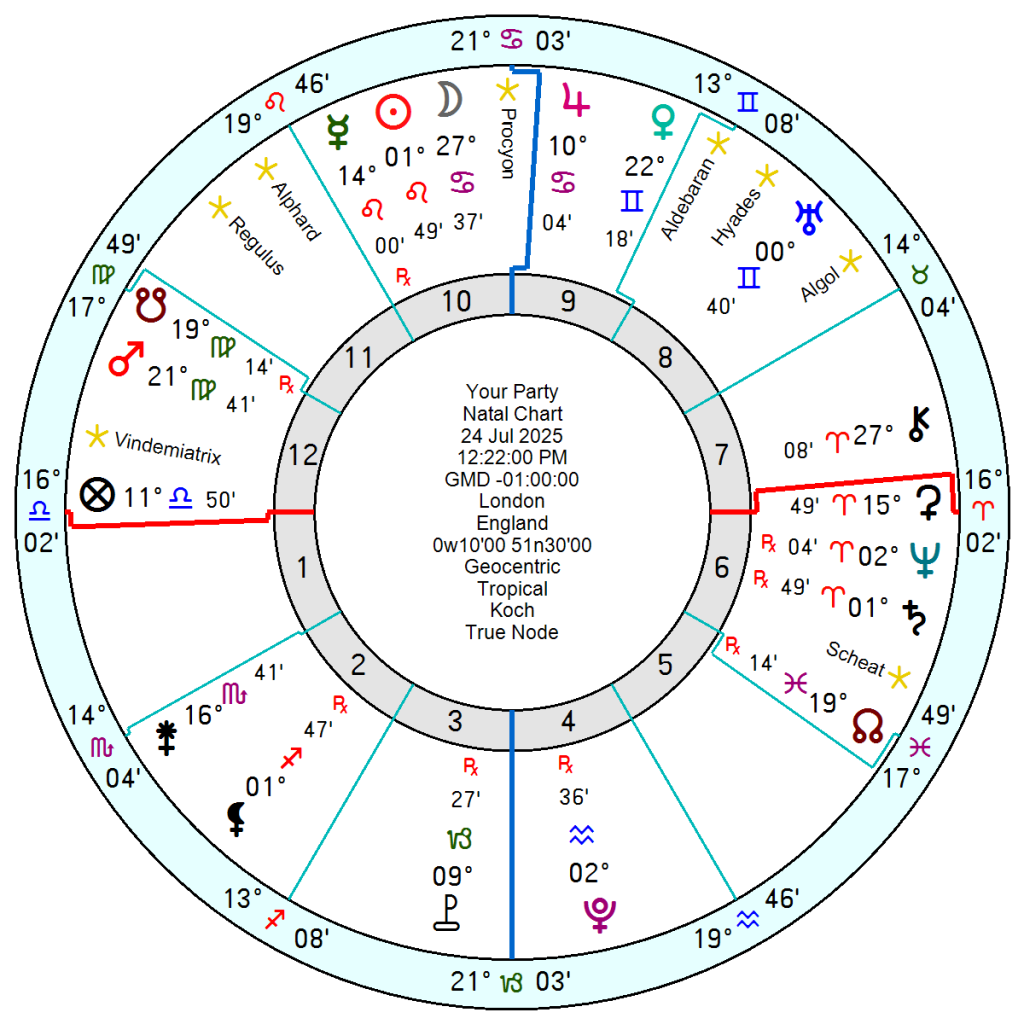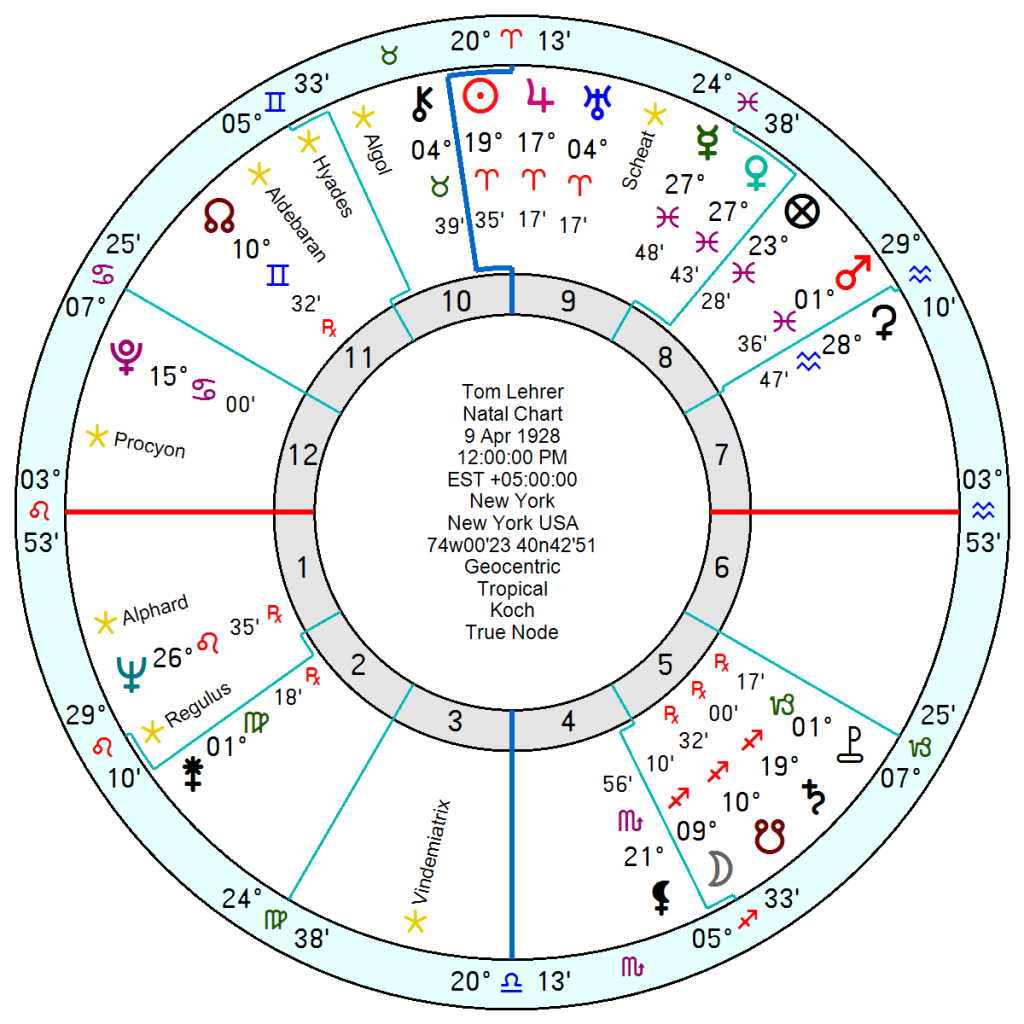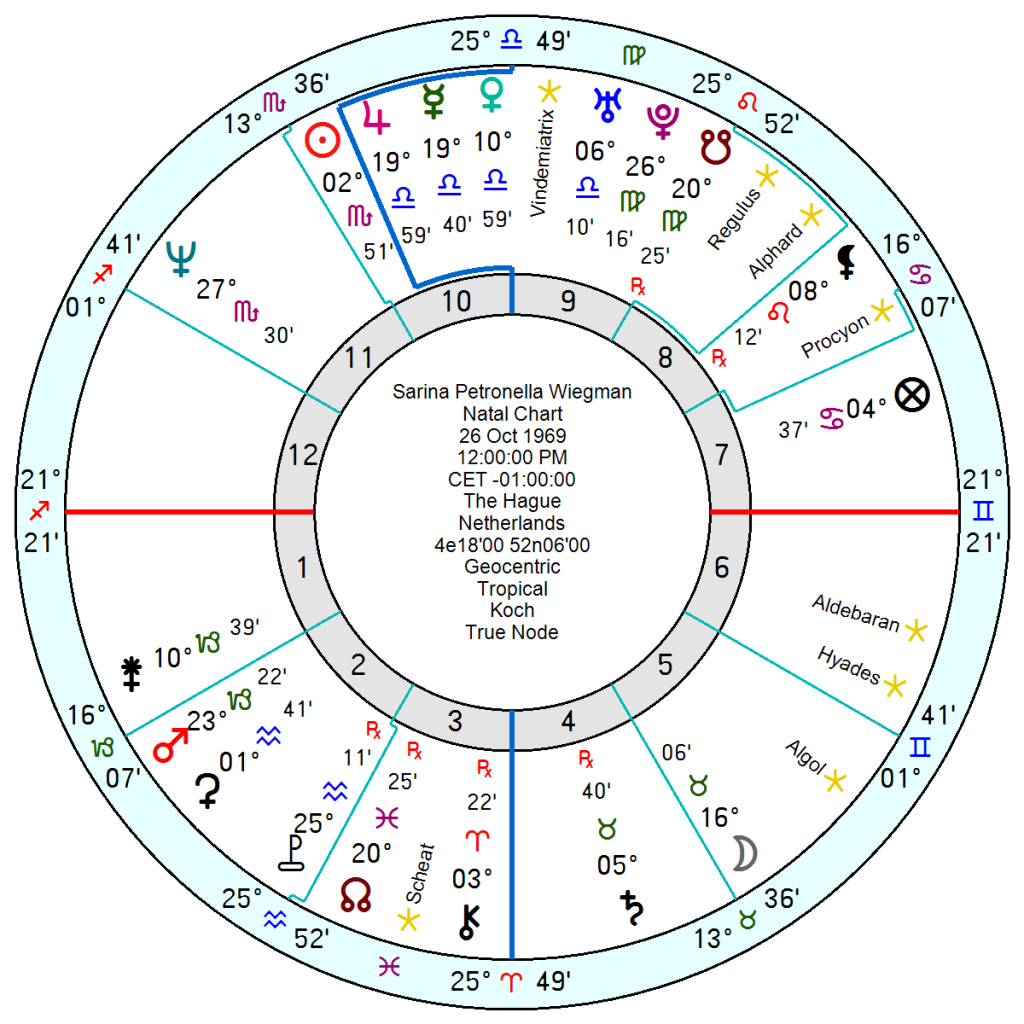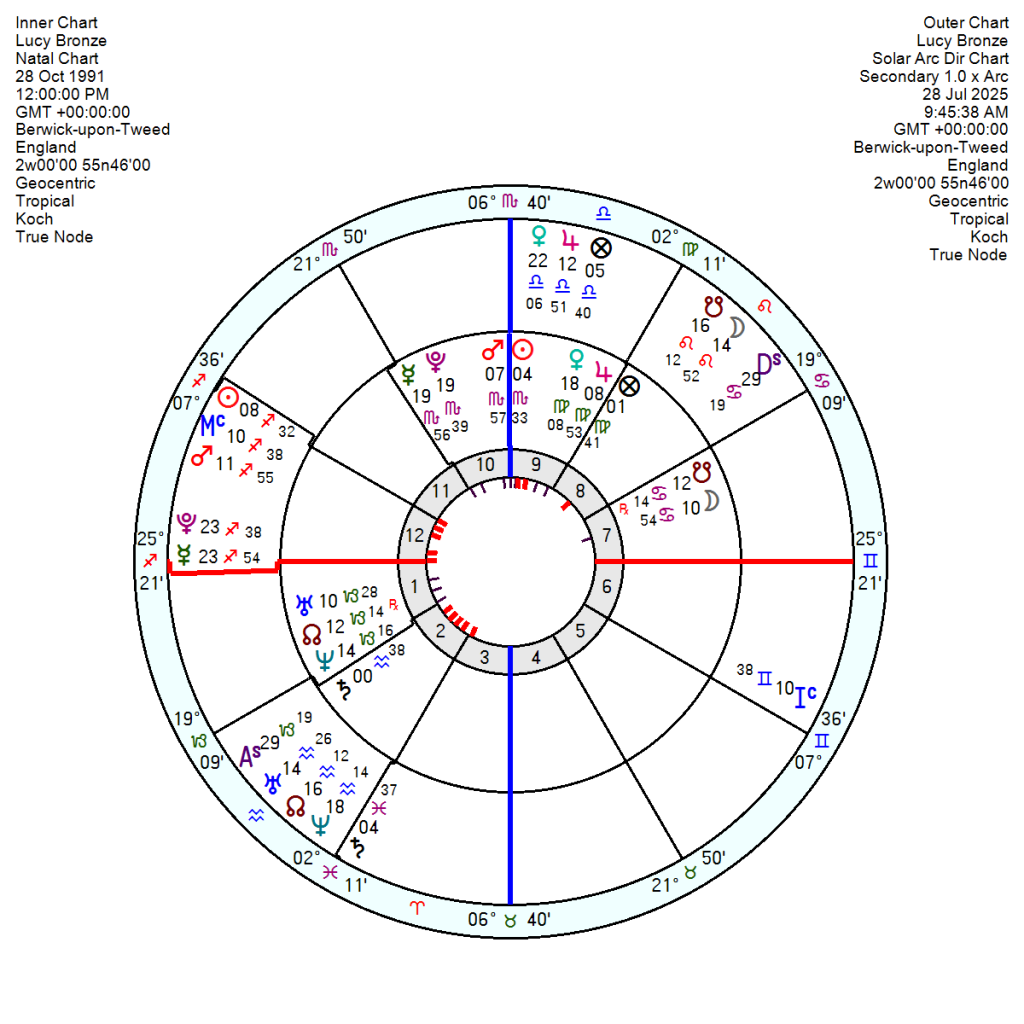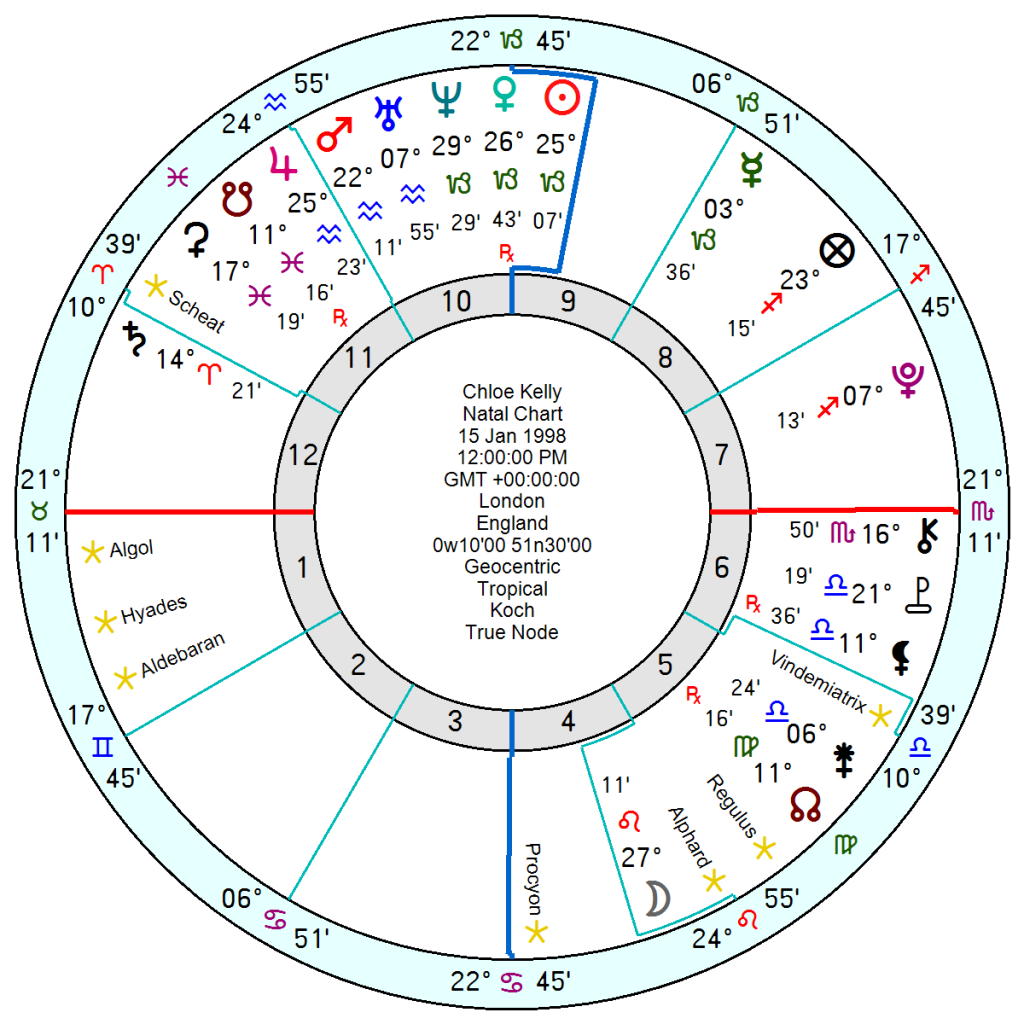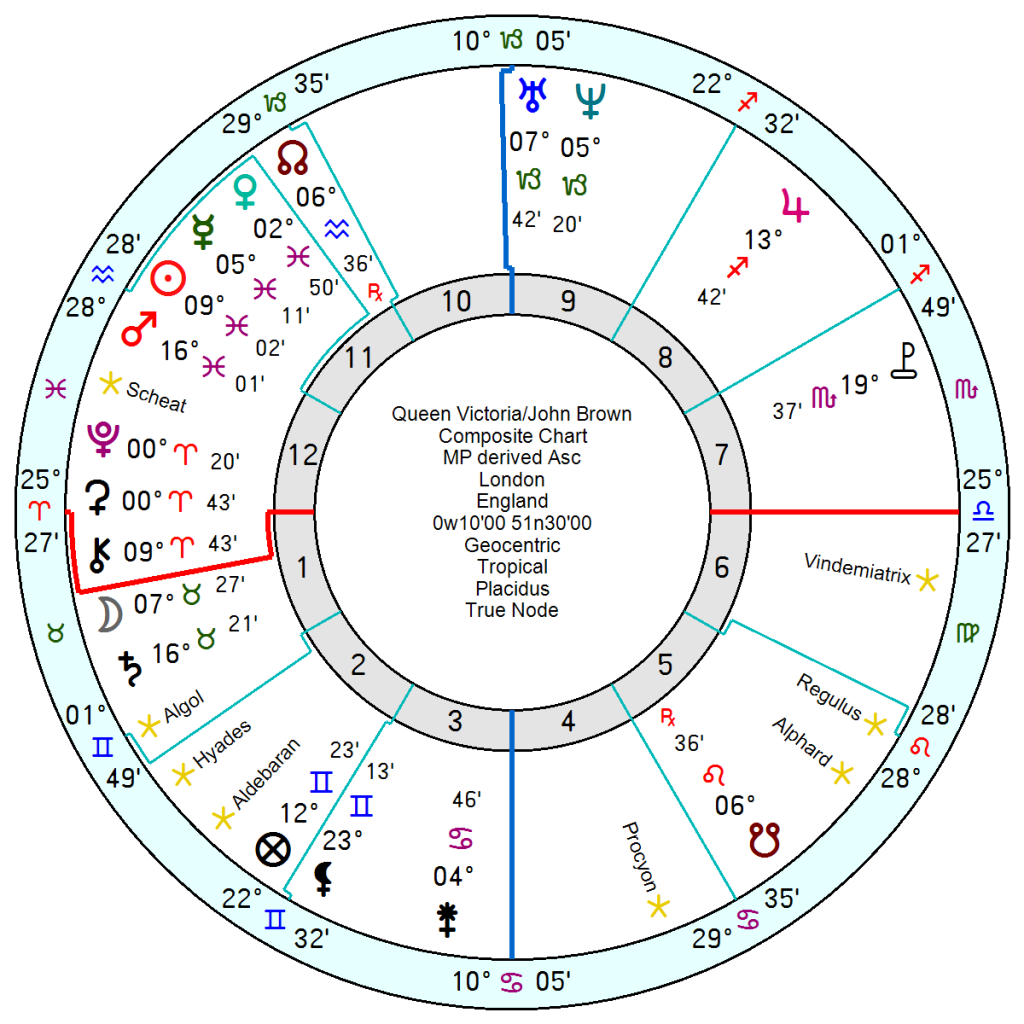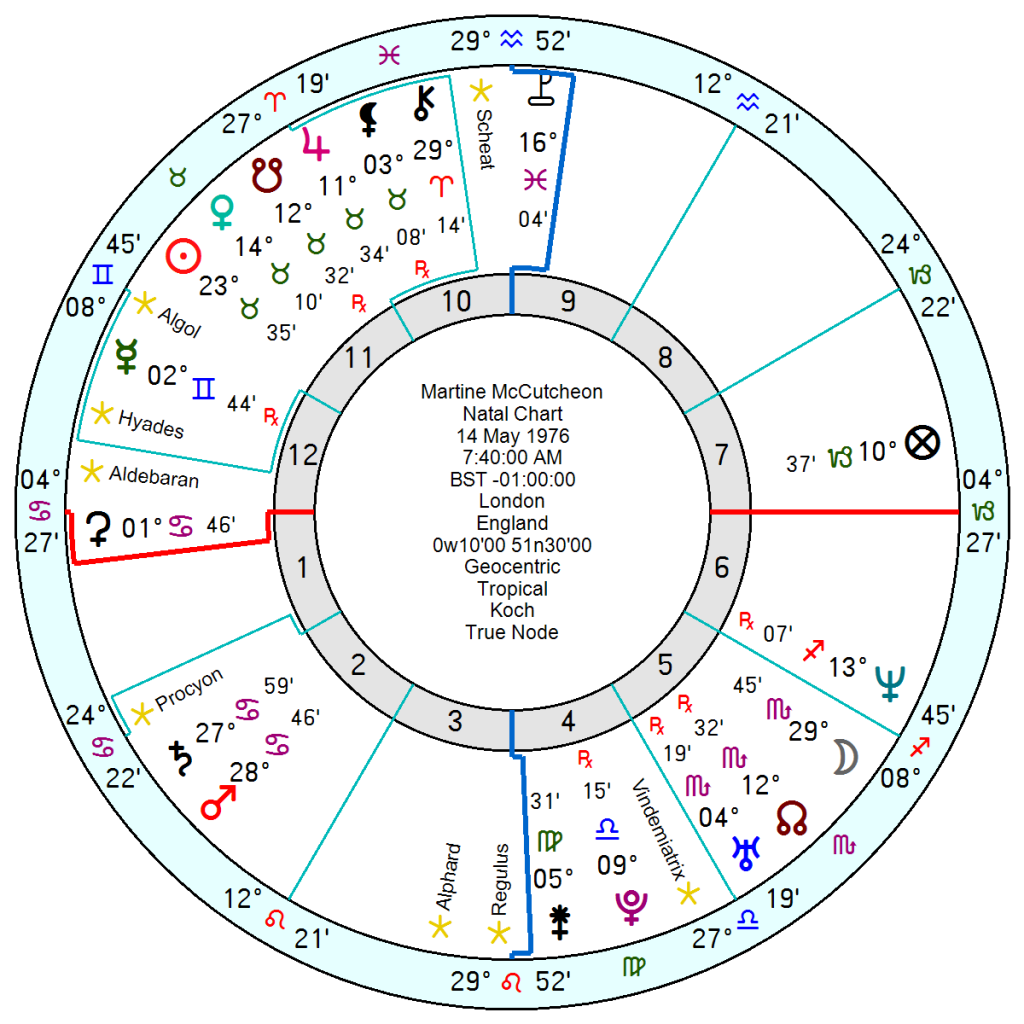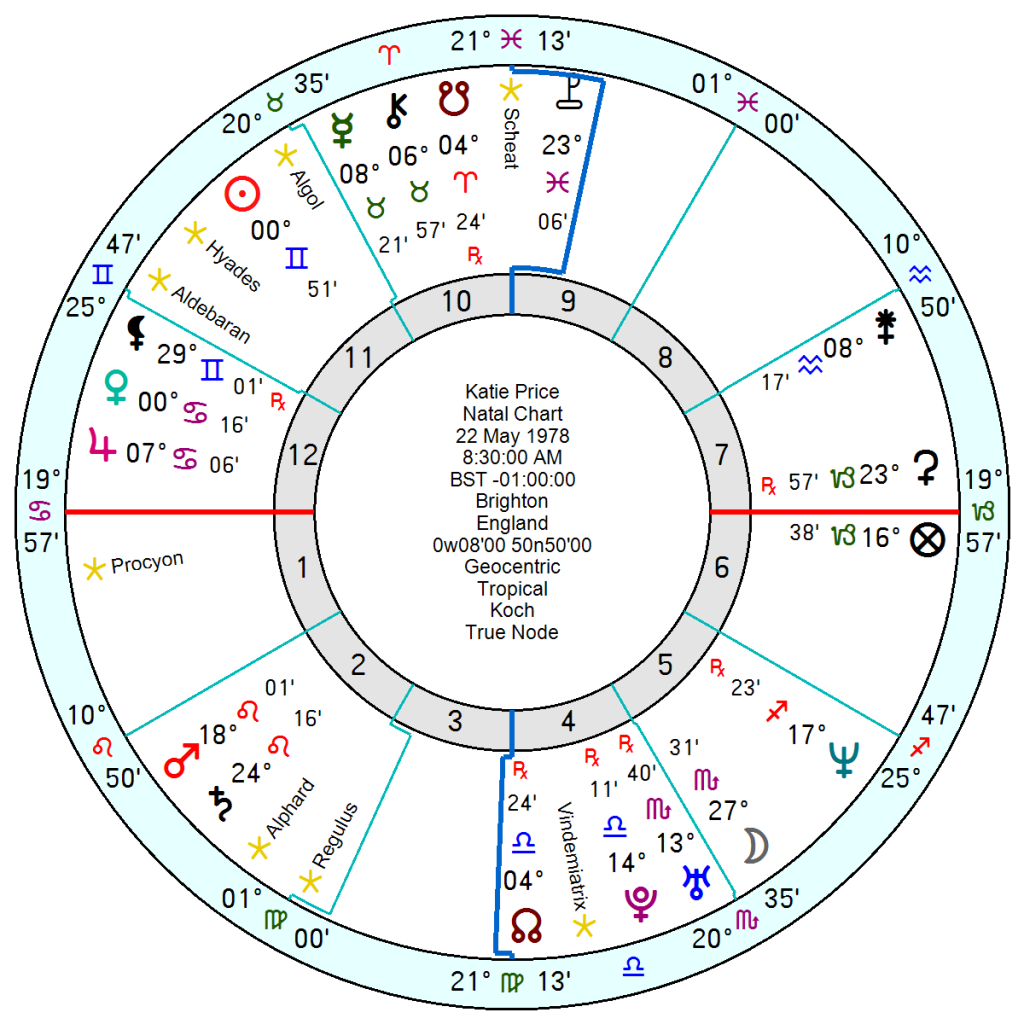
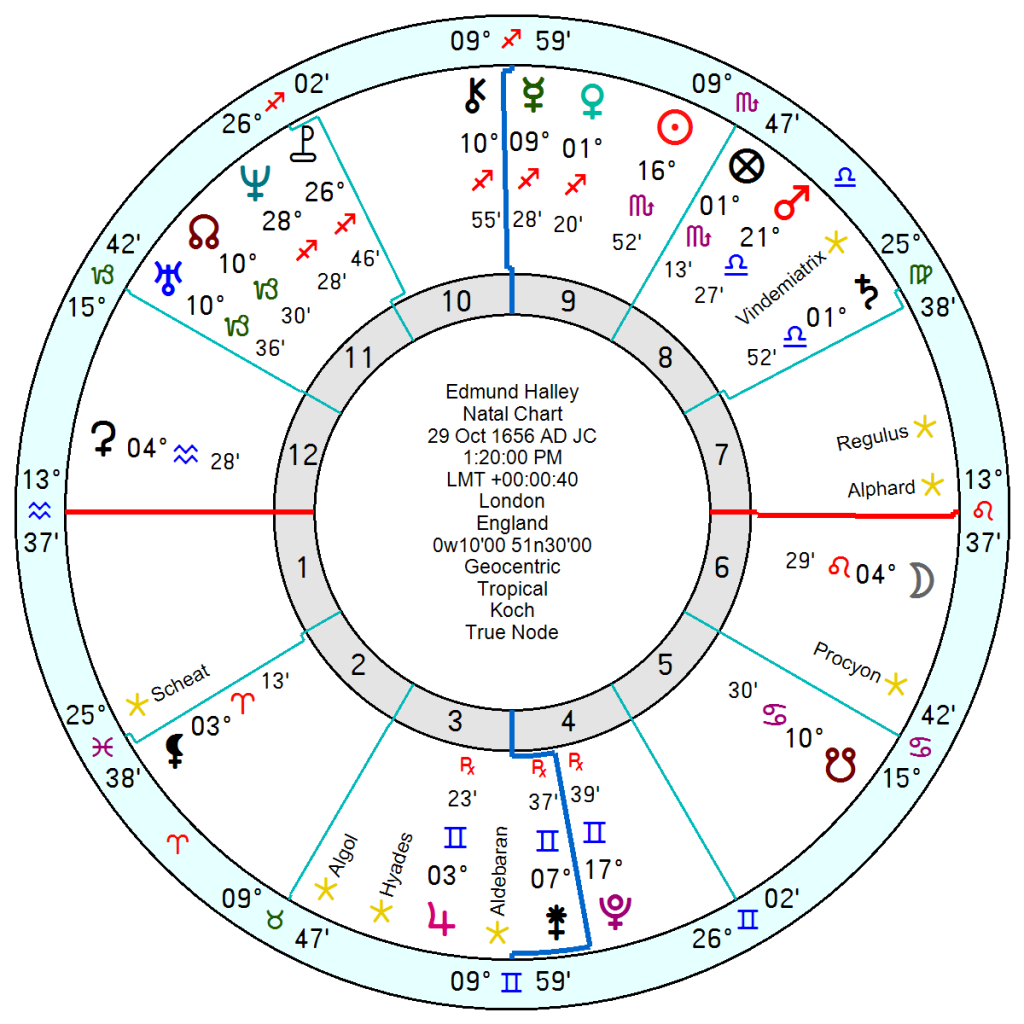
Comets in Astrology is a fascinating dive into an under researched topic but not for the faint of heart. The author Rod Chang having been asked eleven years ago where the icy celestial bodies that orbit the Sun known as comets, which appear periodically and erratically in the heavens, fit in with astrology, he decided to find out. There are 4,584 known comets but these are probably probably a very small fraction of the total potential comet population of maybe one trillion. Comets are known for their characteristic tails, which form as they approach the Sun.
Unsurprisingly in ancient times they were seen as harbingers of disaster. While with endless numbers to play with they could be used to prove almost anything there are remarkable examples of comets appearing in the year of Julius Caesar’s birth and the year of his assassination. The best known – Halley’s comet – first appeared in 684 CE with a three month rainstorm following, plus an earthquake and an outbreak of the Black Death. It reappeared in 1066 which was a history-changing year for England; and again in the years when Mark Twain was born and the year he died.
Old astrologers interpreted their meaning depending on the zodiac signs the comet passed through, by their shape and by colour.
More recently French Andre Barbault described them as messengers bringing information and insights from the outer edges of the solar system. The dark, freezing boundary of the solar system has been compared to the collective unconscious by Melanie Rhinehart and others. Rod Chang describes them as the rebels in the solar system displaying unpredictability and weird behaviour.
In recent times sightings have been associated with evolutionary scientific, technological and political breakthroughs. 1882 the Great Comet of September was seen, the year when Thomas Edison switched on the first ever electrical generator in New York.
Halley’s Comet is the only known short-period comet that is consistently visible to the naked eye from Earth, appearing every 72–80 years, and was sighted in 1986 when the channel tunnel was agreed. Another one, Comet West was visible in 1976 when Steve Jobs and Wozniak sold first Apple computer.
This highly commendable book is awash with examples from the charts of Steve Jobs, Julian Assange, Agatha Christie. And a plethora of examples from comet case studies of happenings during sighting years of prominent comets – Chernobyl, USSR Foundation, Princess Diana’s death, Edward V11 amongst many others.
The author writes “I hope my observations can stimulate further research into this relatively unexplored subject.”
It left me with two questions. One is how to sort through and prioritise amongst the increasing and potentially overwhelming amount of information available nowadays from planets, Fixed stars, centaurs, asteroids and now comets. The second is how am I going to fit it all into a chart. It’ll need a giant projection screen across a blank wall.
For all my Virgo gripes, this well written and intriguing book is well worth reading as is getting to grips with a well-evidenced addition to the astrologer’s knowledge database.
